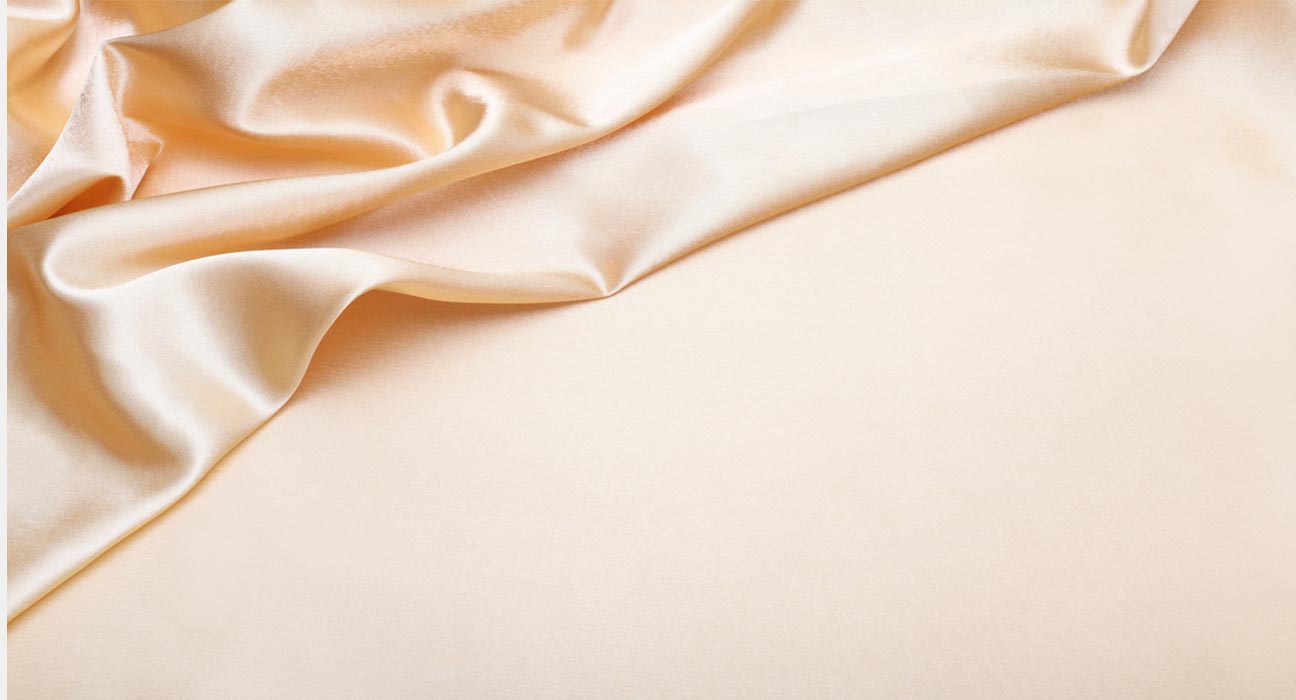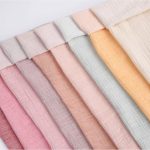Antique Satin Fabric is also called satin-back shantung. It refers to any five or eight harnesses (shaft) satin weave that uses slubbed or unevenly spun yarns in the weft (filling) Antique Satin is reversible in that one side is satin and the other is shantung. It was used for simulating 17th and 18th-century silks and clothing such as blouses, lingerie, and evening wear.
Antique Satin and Satin Fabric are not the same Fabric. You may read What is Satin Fabric?
History
Satin has been a staple in wedding gowns for centuries. Satin supposedly originated in Zaytoun, China, which is now Canton. It became popular in Europe in the 12th century, in Italy in the 13th century, and in England in the 14th century.
Satin, because of its construction and fiber content, is one of the most luxurious fabrics manufactured. Satin is most often made from the low twist, filament yarns. It is usually constructed by floating the warp or lengthwise yarns over four filling or horizontal yarns. The long floats give the fabric luster. Silk is the premier choice of fiber content for bridal satin fabrics. However, silk satins are more expensive than satins containing acetate or polyester. Satin is found in apparel, lingerie, draperies, drapery lining fabrics, and upholstery fabrics.
Antique Satin Fabric Styles & Colors
Today many colors are seen in wedding gowns from black to hot pink. Designers have played on the recent increase in the popularity of velvet by designing elegant gowns of satin accented by velvets. Teen brides of the 16th and 17th centuries wore pale green wedding gowns as a sign of fertility. A bride in her twenties wore brown and some older women wore black during these centuries. White has been the most popular color for wedding gowns since Queen Victoria’s wedding in 1840.
Basically, the styles of the wedding gowns change some each year but they still, overall, retain the traditional appearance. Jen Denenberg, the spokeswoman for David’s Bridal, states “In the bridal industry, you’ll find more of an evolution rather than a revolution.”
The style and color of a bride’s wedding gown are influenced by her nationality and ethnic background. In the United States, the traditional gown is long, white, as a symbol for purity, and has a hint of the Victorian era in it. However, in other countries, the traditional gown may consist of multicolored ornate robes.
The new millennium has encouraged theme weddings for the year 2000. The bride and groom select fashion and musical fads from the previous decade and incorporate these themes into their wedding. Other theme weddings are created from historical time periods. For example, costumes can be rented, purchased, or designed to simulate the first-class dinner scene from the “Titanic” movie.
You May Read:
- Orange Fiber-Innovation of Textile Fiber
- Alencon Lace Fabric
- List of Bast Fiber
- What is Color Changing Fabric?





